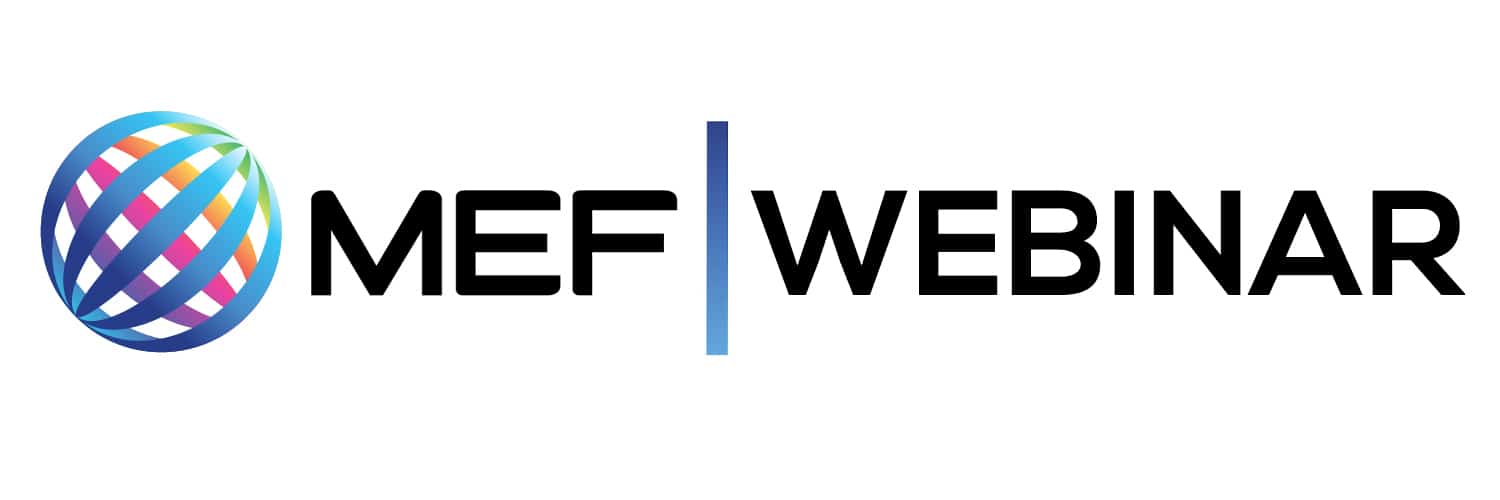Marketers can’t buy customer loyalty any longer. They have to earn it with excellent customer experiences. They can do this with hyper-personalised mobile video, as Sinch Engage’s Matt Ramerman explained in a MEF webinar…
In marketing circles, all the talk is of personalisation. There’s a sense that the era of mass marketing and broad segmentation is over. Instead, customers now demand ‘relevance’.
This is a big claim. But what does true personalisation actually mean?
Consider the following scenario. A customer wants to review her mobile contract allowances. She goes into her RCS app and starts a chat bot session with her carrier. During the session she is presented with various options, such as data limits, on a carousel. She clicks on the ones she wants.
Watch the MEF Webinar in full
None of this is especially remarkable. But how about this: at the end of the session the app plays back a video that reviews every one of her new choices.
This example of extreme personalisation is possible now. In fact, it was demonstrated by Matt Ramerman at last week’s MEF webinar: Strengthening Customer Relationships Through Mobile Engagement.
Ramerman saw the potential of personalised mobile video early. In 2010, he launched Vehicle in the US to help enterprises deliver personalised MMS videos to customers as an alternative to email.
Now, as president of personalized messaging at Sinch Engage, the mobile engagement agency within Sinch, he is continuing his mission as part of a company with a direct link to virtually every MNO in the world.
Loyalty as we have thought about it is dead… Today, true loyalty has much more to do with the overall customer experience. We are now in the era of strengthening customer relationships through relevance.”

Ramerman began the webinar by tracing the steps that have led to the seismic shift that’s hit marketing in the last decade.
He described how the 60s and 70s were the decades of mass advertising. At this time, a 30 second spot across three networks would reach 65 per cent of American audience.
By the 80s, advertisers moved on from mass marketing and started segmenting audiences. Later they discovered the value of customer retention and began to explore the concept of loyalty defined by delivering incentives.
It worked for a time, but eventually customers became adept at moving from one brand to the next based on which incentives were available. As a result, new thinking was needed.
Natural language processing offers a new way to analyse vast data sets
“Loyalty as we have thought about it is dead,” says Ramerman. “Today, true loyalty has much more to do with the overall customer experience. We are now in the era of strengthening customer relationships through relevance.”
Obviously, the fact that virtually every customer has a phone in their pocket makes this relevance achievable. Ramerman says there are two parts to creating personalised engaging content.
“The first part is explicit,” he says. “In other words: I know your name, I know you buy these products, I know you have indicated interest in specific products in the past.
“The second part is where things get more interesting. It’s when we mix the explicit with implicit signs. For example, we can run a churn propensity analysis. We can see if a customer is exhibiting signals that they might churn and then craft an offer in a certain way to incentivise them to stay.”
Sinch Engage does this by taking an enterprise’s own data set and then combining the set with its own models – and possibly even augmenting it with third party data. It will then use this information to create video content down to the individual level.
And that really does mean individual. “If we get a list of a million customers, we can create a million videos. We can go one-to-one with zero limitations,” says Ramerman.
The possibilities are endless. During the webinar, Ramerman showed a video for a clothes retailer that reminded customers of the items they had started to purchase but then abandoned. He also showed how a flight notification alert could be re-crafted as a video showing weather conditions and the arrival destination.
There were many more examples given during the webinar. Ramerman also revealed the technical steps needed to launch a campaign, and the typical time frames required.
Register Now for the next MEF Webinar – July 3rd
Mobile Ad Fraud – Whose inventory is it anyway?
In this webinar MEF members will explore what can be done technically and commercially to detect & prevent ad fraud and debate what steps the industry should take to raise awareness of this key issue






